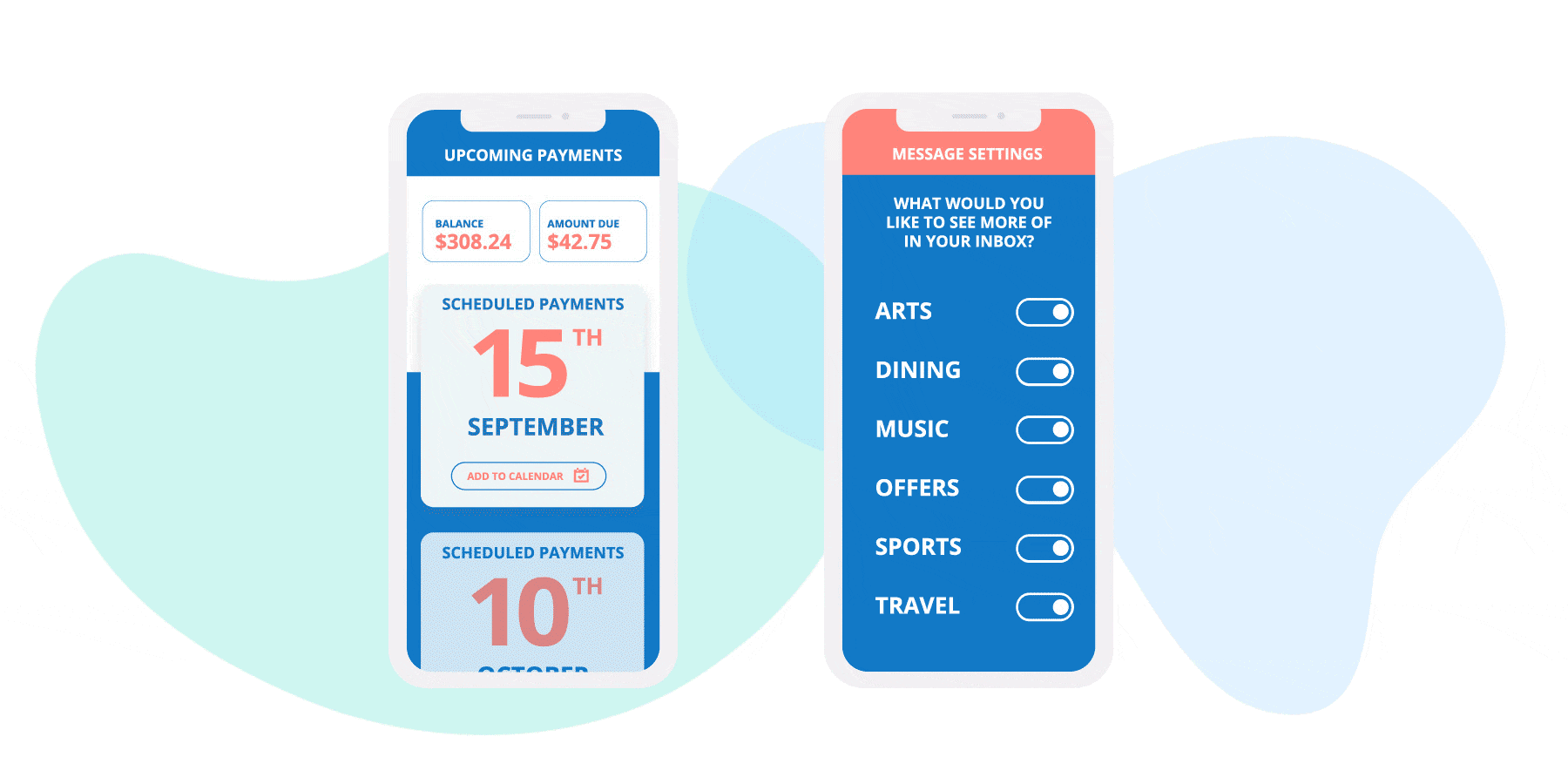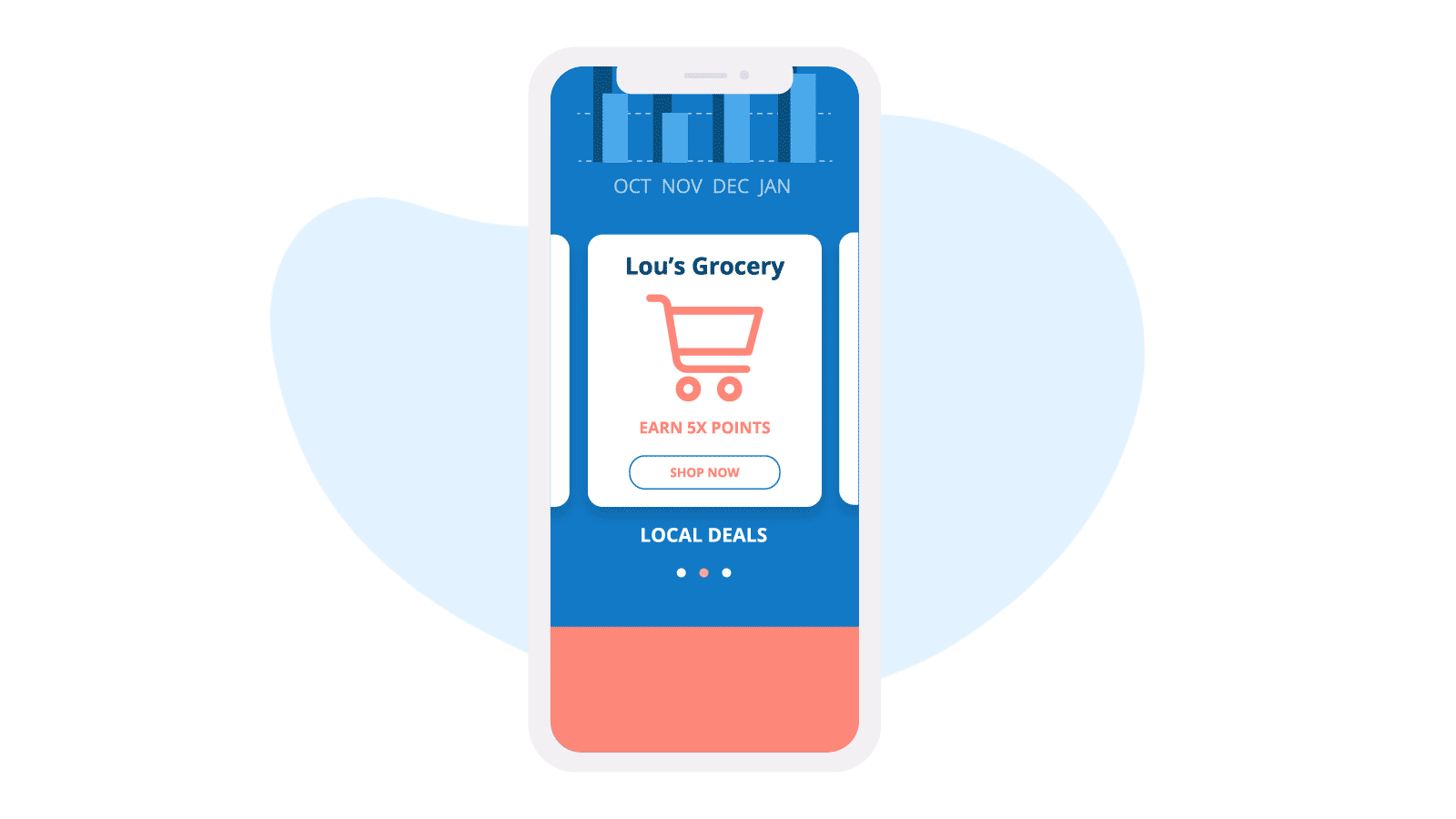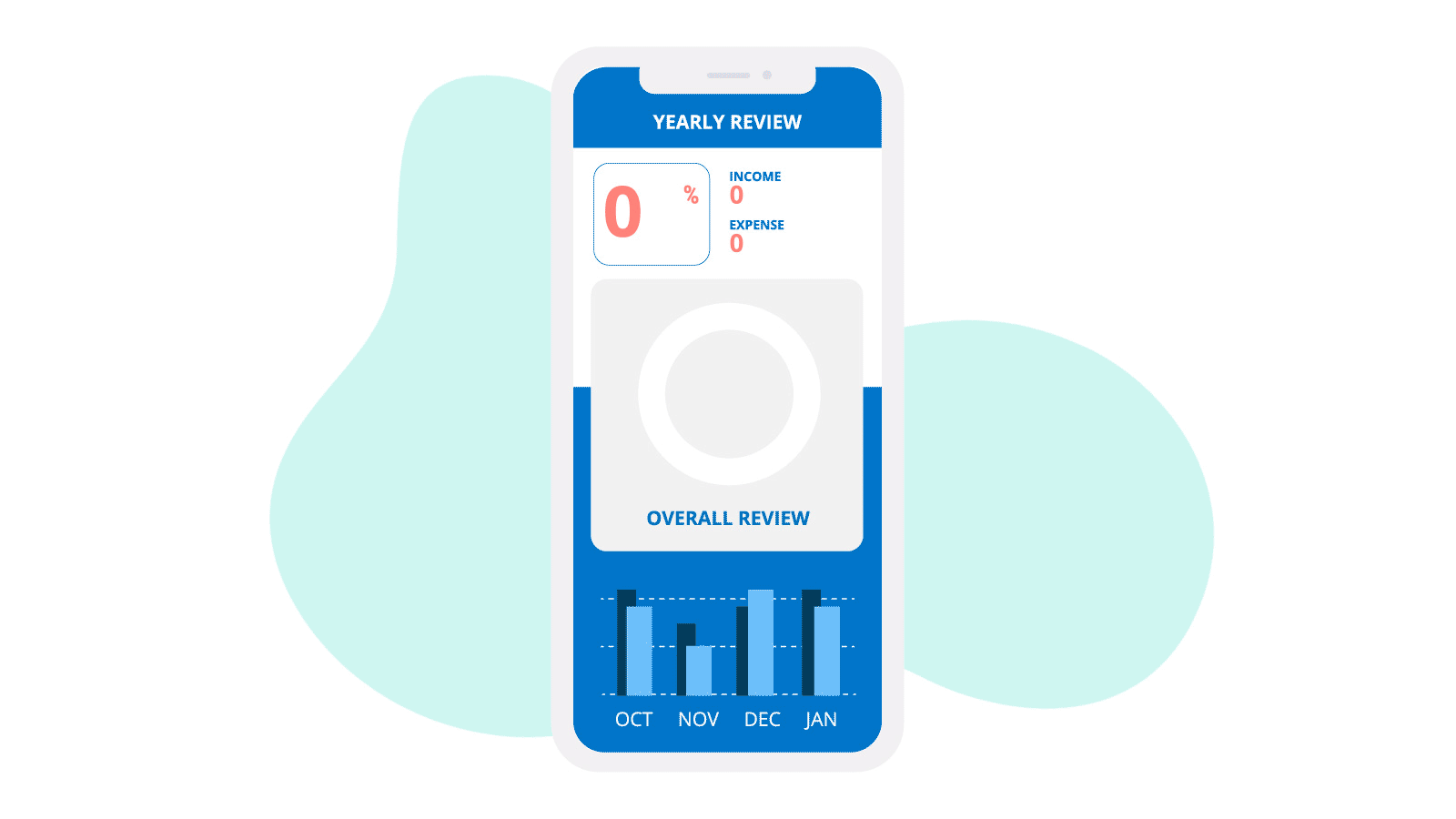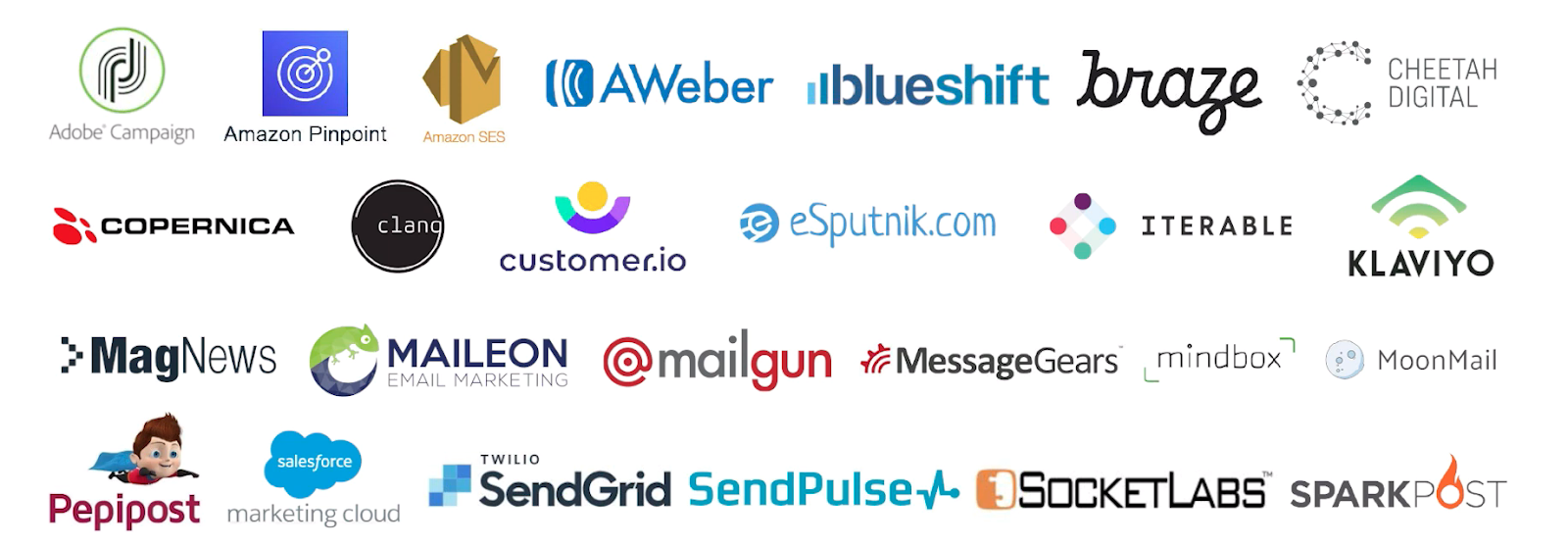<AMP'd ⚡️4email>


Written By Krystyna Malewski Associate Director of Technology
As consumers, our experiences with the web over the past 20 years have changed dramatically, and it’s become an integral part of our daily lives. Yet with roughly 306.4 billion emails sent and received each day,1 the way we interact with those emails has not been any different than it was in the late ‘90s when HTML-based email marketing came on the scene. Email messages are generally static, quickly become out of date, and require clicking out of the inbox into the browser to continue any sort of user journey.
In early 2018, Google announced AMP for Email, which would bring modern app-like functionality right into the inbox to increase interactivity by allowing marketers to include a subset of AMPHTML components inside the email code. Over the past couple of years, Google has been partnering with several email providers and Email Service Providers (ESPs) to help bring to life this new level of functionality within emails. As the number of ESPs and mail clients that offer support for “AMP emails” grows, we hope that adoption will become even more mainstream in 2021.
What we’re AMP'd about

Interactive Layouts
AMP for Email offers engaging components such as accordions, carousels, lightboxes, and sidebars. Right now, a lot of interactive email requires many lines of HTML and CSS, resulting in code that is not very scalable. With AMP, it’s as simple as an <amp-carousel> and a couple of <amp-img> tags and boom: You have a fully functioning slide carousel right in your inbox. These out-of-the-box components can drastically reduce the amount of time needed for development and testing of interactive emails, allowing more time and effort to go into creating relevant content and fostering meaningful relationships with users.

Dynamic Content
Though interactivity is flashy, AMP’s ability to deliver modern application functionality to the user’s inbox is what really sold us. Through components such as <amp-form>, <amp-list>, and <amp-bind> we can shuffle data back and forth between API endpoints, fetching up-to-date content and accepting user inputs.
From lists of current products and available properties to order and shipping statuses, AMP can easily display real-time JSON data within your emails. Its ability to collect user input also provides endless opportunities for users to set preferences, provide feedback, or RSVP without ever leaving the inbox. They also just added a “Content Saver” functionality that will give users a warning when they have entered information into a form and then navigate away, so that they don’t lose the work they’ve done.
AMP emails that users may already be familiar with are Google Doc emails. These allow users to easily view and add comments to shared docs right within the email, increasing productivity and enhancing the user experience.
Marketers will be able to harness the potential of their customer data with this functionality to deliver truly personalized content and experiences to inboxes.
Developer-Focused
Email development can be a daunting and messy task with the archaic use of tables for layouts and little standardization across different platforms. Simple interactions require complex blocks of code, and functionality is still limited to select email clients.
AMP introduces a scalable, standardized solution for bringing interactivity to emails. They recently introduced additional support for modern CSS properties that will help take the design to the next level and make email developers’ lives much easier.
Developers can now use the following CSS properties in their AMP emails:
- CSS grid
- Flexbox
- Animations
- Negative margins
- Attribute selectors
- Additional pseudo-class support
Google has also increased the size limit of the AMP MIME part from 100K to 200K to support more interesting interactions, and to keep your messages from falling back to HTML or getting that annoying “[Message clipped]” at the bottom of your emails.
Increased ESP Support
AMP for email works to build on to the current email standards by adding a third MIME-type. This means that users who do not have AMP capabilities would see the traditional HTML or text emails as fallback. It also means that in order to send AMP emails, your ESP will need to adopt support for the additional MIME-type. Currently, over 30 ESPs are offering support for AMP emails within their platforms, including Adobe Campaign, Mailgun, Iterable, and Sparkpost. During Google’s AMP Fest this past October, Salesforce announced that AMP email capabilities are coming to Marketing Cloud in early 2021.

Email Client Support Still Needs AMP-ing Up
Currently, AMP for email is supported in Gmail, Yahoo Mail, and mail.ru. Gmail offers support for AMP emails on most modern browsers, as well as on both its iOS and Android apps. Verizon media also announced AMP support for Yahoo mail on the web and say they look forward to rolling out further AMP support for AOL Mail and their mobile platforms in the near future.
Unfortunately, that is currently where email client support stops. Outlook ended support for the AMP developer preview on October 1, 2020, and Apple Mail (iOS and macOS), the real industry heavy hitter with almost 50% market share, does not currently offer support for AMP emails either.
While we realize that at the moment there are still some limiting factors with AMP for Email, and that initially it will take some time to learn the code base and test an additional MIME-type, we’re still really excited about this emerging technology. With the increased ESP support, including the announcement from Salesforce and the availability on Gmail mobile apps, we definitely see a growing marketplace for AMP emails in 2021.
In The Ready Position
ERGO’s Smart Content™ platform is ready to support AMP’s adoption to create true 1:1 email at scale. The combination of our customer-level predictive algorithms and the use of interactive components, real-time data, and user input will allow emails to mirror the types of communications and interactions that we’re used to within apps.
1 Statista
